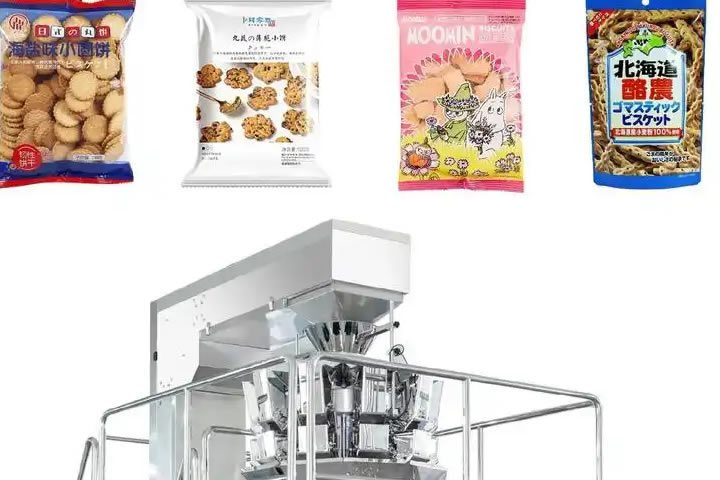The morning light of South America shines into the glass curtain wall of a nut processing factory in Chile, and the piles of hazelnuts on the assembly line are moving slowly along the conveyor belt. Factory manager Carlos stood next to the newly installed nitrogen-filled packaging machine, staring at the equipment that was running for the first time - this intelligent device from China's ply-pack will determine whether they can win orders from high-end supermarkets in Europe. "In the past, 2% of the nuts in each batch became soft and discolored," Anna, the quality inspection supervisor, exclaimed, pointing to the data on the monitoring screen. At this moment, in the sealed cabin of the nitrogen-filled packaging machine, light blue nitrogen is being injected into the packaging bag in a spiral trajectory, as if wrapping each hazelnut with invisible armor. This dynamic nitrogen filling program can automatically adjust the airflow intensity according to the volume of the nuts to avoid product collision and damage caused by traditional linear nitrogen filling.

The ply-pack engineering team installed a nitrogen barrier system for the equipment based on the characteristics of nuts. When the oxygen concentration in the packaging bag is detected to be higher than 0.5%, the system will trigger the secondary nitrogen filling program and activate the heat sealing enhancement function of the film material. Carlos still remembers the scene on the day of equipment commissioning: the technician held an infrared detector and repeatedly calibrated the parameters next to the nitrogen-filled packaging machine that worked continuously for 8 hours until three o'clock in the morning, finally locking the oxidation loss rate at 0.3%.
The original semi-automatic equipment in the factory required three workers to operate collaboratively, but now the intelligent production line only requires one person to monitor. Operator Marta touched the control screen and called up last week's production report: "The nitrogen-filled packaging machine not only saves manpower, but also increases the daily production capacity from 12 tons to 18 tons." What surprised her even more was that the equipment could automatically identify different varieties of nuts - when switching to almond packaging, the nitrogen filling frequency would be adjusted from 90 times per minute to 75 times per minute to prevent thin-skinned almonds from cracking due to excessive airflow.
As the first batch of hazelnuts packaged with the new equipment arrived at German supermarkets, Carlos' mailbox began to receive frequent inquiry emails. The purchasing manager of a Nordic supermarket chain held up the packaging bag during a video conference: "This is the flattest nitrogen-filled packaging we have ever seen, and the shelf life is 45 days longer than that of competing products." The local industry association even wrote this case into the "White Paper on the South American Food Industry", calling it a "milestone in nut preservation technology."
As dusk fell, the factory's nitrogen-filled packaging machine was still roaring. Anna tore open a bag of hazelnuts that had been sealed three days ago, and the crisp cracking sound made her smile - this sound was no different from when they were just baked. At the ply-pack R&D center 8,000 kilometers away, engineers are optimizing the pulse algorithm of the next generation of nitrogen-filled packaging machines based on the operating data of the Chilean factory. This freshness-preserving revolution across the Pacific Ocean is redefining the way nuts get along with time.

